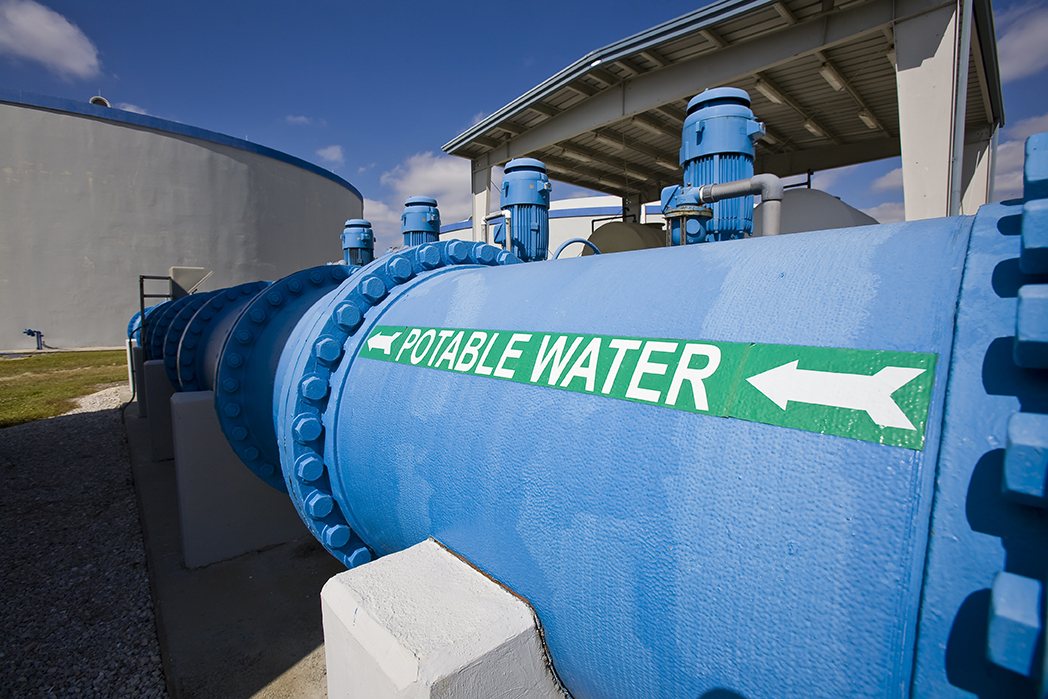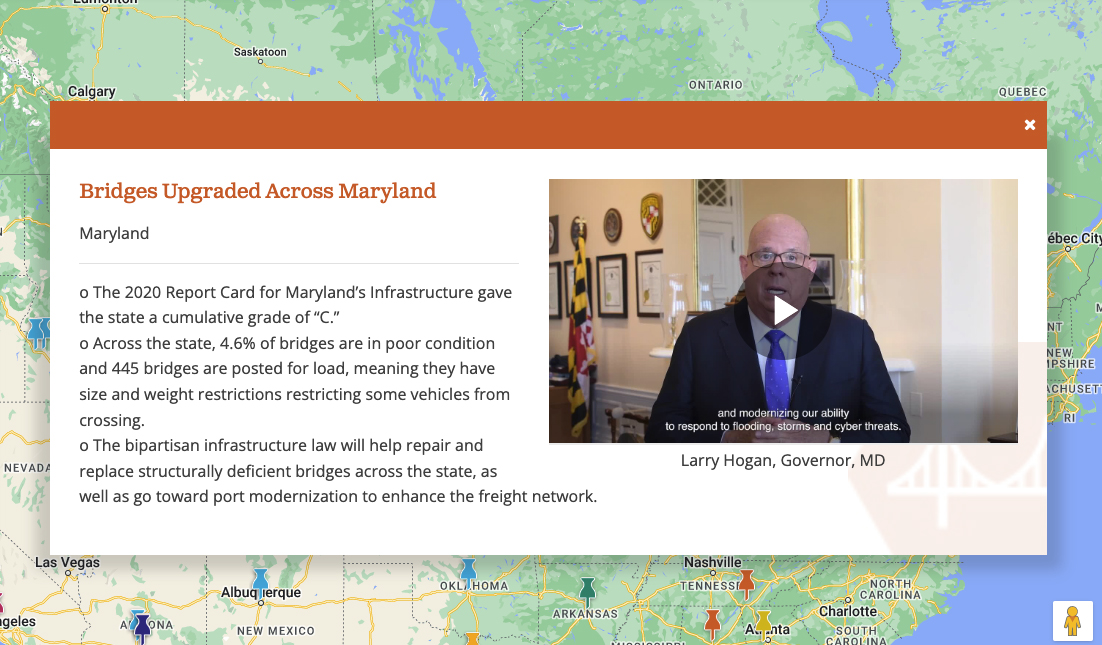The 2021 Bipartisan Infrastructure Law Breakdown
The Infrastructure Investment and Jobs Act (IIJA) is a five-year, $1.2 trillion federal infrastructure bill that was signed into law in November 2021. The bipartisan IIJA marks the country’s largest investment in infrastructure across all Report Card categories in nearly a century.
This legislation is the culmination of decades of advocacy by American Society of Civil Engineers (ASCE) members. We worked tirelessly to educate Congress about the role infrastructure plays in supporting the economy and our quality of life.




